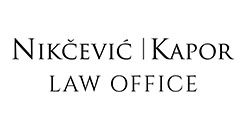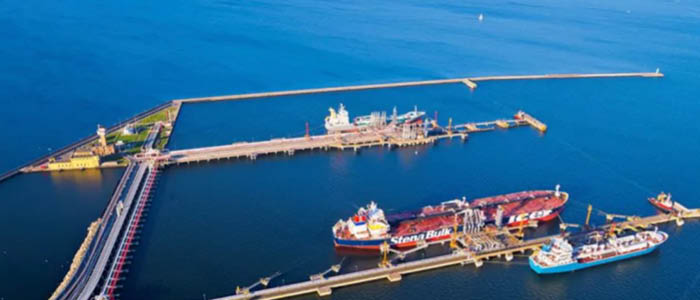As a developing country with limited resources, Serbia is inclined to use public-private partnerships (PPP) to improve its infrastructure and increase the quality of public services.
A well-structured PPP project often represents a source of revenue, as the private partner is in most cases obliged to pay a concession fee to the state. Despite this, Serbia has yet to complete a single successful major PPP project; however, recent regulatory amendments provide new hope that the country and foreign investors may finally tap into this lucrative market.
There are various possible types of PPP projects, ranging from local transportation services to large motorway concessions. In this article we deal with the framework for high-value concession projects that was recently amended by the new Decree on Concession Granting in Phases that was adopted in the wake of the public call for the concession project of the Nikola Tesla Airport in Belgrade. Serbia has introduced a new concession-awarding procedure that is meant to increase the collaboration between the public and private partners that should give private partners a bigger say in relation to the structuring of the concession. It is hoped that the new awarding procedure will provide a regulatory framework that can finally facilitate successful implementation of high-value concession projects in Serbia.
All procedures for the awarding of high-value concessions are complex, and describing them in detail goes beyond the scope of this article. However, in order to at least outline this new procedure, we have presented its most important elements and milestones in the diagram below:

As evident from the diagram, the concession is awarded in two phases. In the first phase potential private partners submit a non-binding proposal; i.e., they describe their preferred concession model in relation to the proposed subject of the concession. The second phase resembles a standard public procurement procedure used for complex, high-value projects. The process ends with the submission of a binding proposal and the selection of the preferred bidder.
Lack of input from potential private partners can often thwart PPP projects. There are strong indications that one of the largest potential projects in Serbia, the concession of the motorway E-763 stretch between Belgrade and Pozega, failed primarily because the state proposed a concession model that was not economically viable. At the same time, the procedure was not flexible enough to allow bidders to amend the existing model and suggest possible alternatives.
The new concession-awarding procedure explicitly prescribes constant back-and-forth communication between the two sides, including extensive consultation on the concession model and other key aspects of the project. This potentially game-changing breakthrough in the concession-awarding procedure provides a glimmer of hope for future projects.
It remains to be seen whether the Government will have the capacity to fully understand and embrace the needs of the private sector when developing a concrete concession model, especially when dealing with the most critical component thereof – the allocation of risk. The Government to this point has been reluctant to take on any form of risk associated with a project, preferring instead to transfer all potential risks on to private partners. One potential explanation for this revolves around the insufficient administrative capacities of the Government to handle complex projects that are purely commercial in nature, which creates a defensive barrier to entry by the private sector. There are clear indications, however, that the Government has become increasingly aware of this fact and has made a significant effort to improve its relationship with private partners by bringing professional advisers on board during the early stages of project planning and development.
It is clear that concessions and PPP in general represent untapped sources of growth, but it remains to be seen if the Government and private investors are finally prepared to turn that potential into reality. The local legal industry definitely stands ready to do its part of the work.
By Nikola Aksic, Partner, Gecic Law
This Article was originally published in Issue 4.3 of the CEE Legal Matters Magazine. If you would like to receive a hard copy of the magazine, you can subscribe here.





























